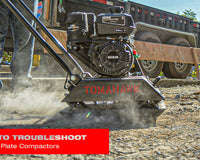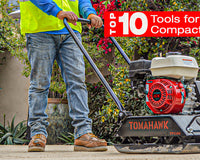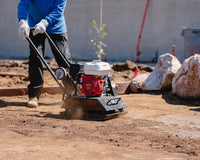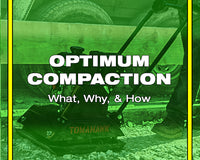Planning a Retaining Wall That Saves Money
Whether you're leveling a sloped yard or holding back soil near a garden bed, a retaining wall adds structure and style to your landscape. But professional installation costs can add up fast. Fortunately, there are several ways to build a retaining wall cheap without compromising on durability or aesthetics.
Before you start, consider the terrain, drainage needs, and the load the wall will bear. In many cases, small to mid-height retaining walls (under 3 feet) can be built by homeowners without professional help, saving both labor and material costs.
Affordable DIY retaining wall projects often use materials like interlocking blocks, treated wood, or even repurposed concrete. Choosing these over natural stone or poured concrete can reduce your budget significantly while still achieving a clean, structured result.
As environmentalist and author Wendell Berry once said,
“The Earth is what we all have in common.”
Approaching landscaping with practical, thoughtful materials helps protect your space while keeping things cost-effective.
Materials That Keep Costs Down
Among the most popular low cost wall options are concrete retaining wall blocks. Available at most home improvement stores, these blocks are specifically designed to stack securely without the need for mortar. They're easy to transport, offer structural stability, and are available in a variety of finishes to match your landscape design.
For a truly affordable DIY retaining wall, consider pressure-treated timber. It's lightweight, relatively easy to install with standard tools, and works well for short retaining walls in flat to gently sloped areas. Just be sure to install proper drainage behind timber walls to prevent warping or rotting over time.
Stacked stone from demolition sites, old pavers, or even gabion baskets filled with recycled rock are additional alternatives. The key is to choose materials that are both structurally sound and accessible to you—ideally ones that can be locally sourced.
“In nature, nothing exists alone.”
— Rachel Carson
Your wall doesn’t need to be fancy—it simply needs to serve its purpose while respecting the space around it.
Tools That Help You Work Efficiently
A solid foundation is the secret to a wall that lasts. Proper compaction of the gravel base and trenches ensures stability and prevents settling or bulging. Tomahawk TPC85H 5.5 HP Plate Compactor features a powerful 5.5 HP Honda engine, a 23 × 17″ steel plate, and delivers over 3,000 lb/ft compaction force—ideal for preparing a stable base for DIY retaining wall projects.
Using the right equipment not only improves efficiency but enhances the lifespan of your project. A properly compacted foundation is what turns a cheap solution into a long-term investment in your outdoor space.
“An ounce of prevention is worth a pound of cure.”
— Benjamin Franklin
Good preparation today prevents structural issues tomorrow.









